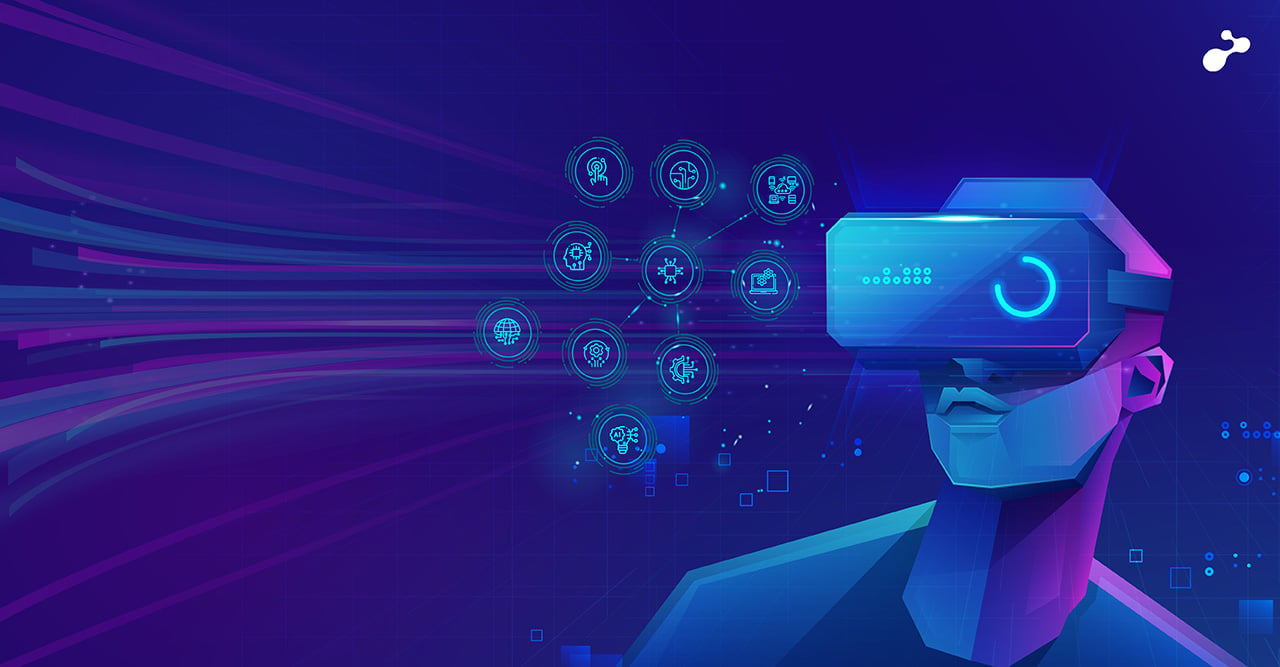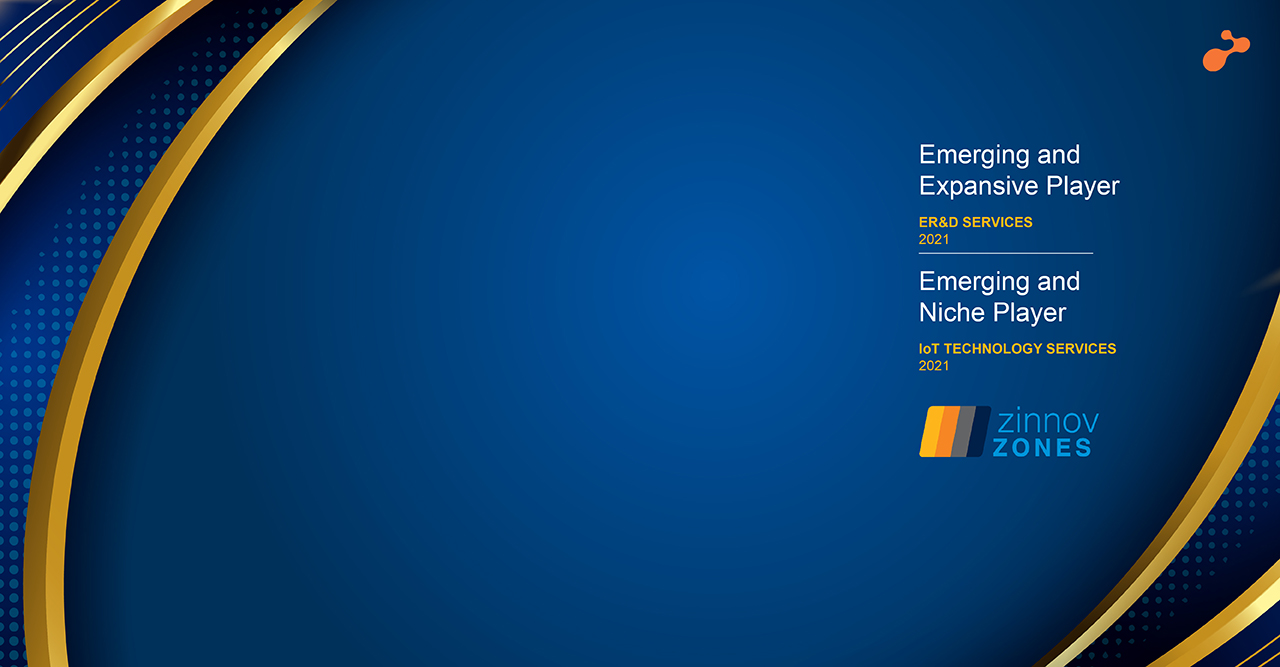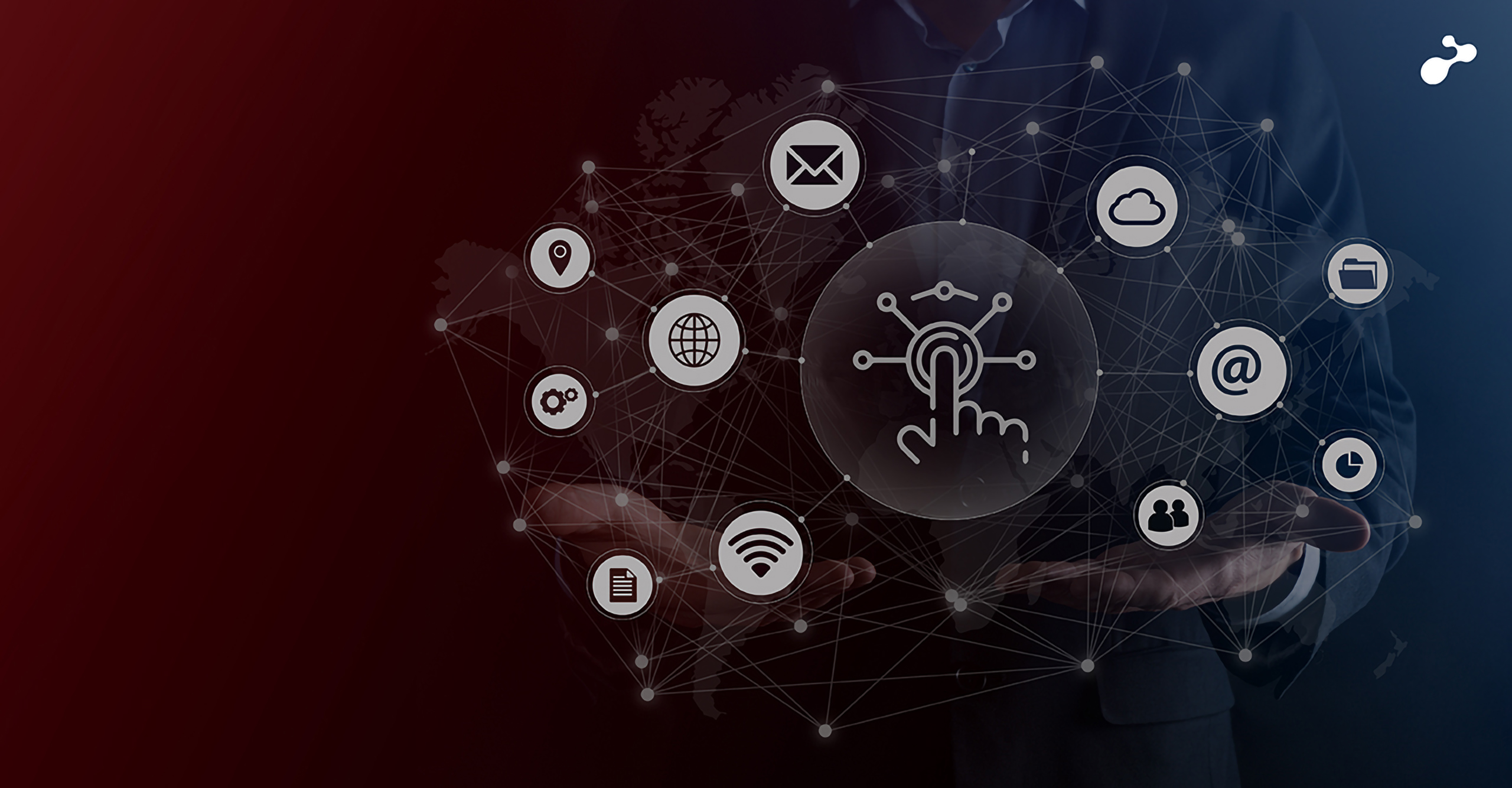Right from the time, leading global research firms unveiled top technology trends for 2019, our team of technology experts has been busy predicting which of these technologies will actually stand the test of time. Meaning, those technologies which not just sound cool, but prove useful. It’s time to remember, the technology in itself does not equate to digital transformation. The people and culture along with business continuity must be at the heart of every technology investment.
Tectonic shifts in the market are questioning the existing norms of leadership, business models and customer engagement strategies that made companies what they are. The positive outcome of this all is that there are important challenges to tackle. By pragmatically addressing these obstacles, leaders can certainly create a more strong and potent foundation.
So, without much ado let’s see what’s in store for 2019. Here’s our pick on top 10 tech trends for 2019.
Artificial Intelligence (AI): With improved processing power that can increase machine learning, we shall witness digital leaders investing in making more of their data and this will be done with machine learning and AI opening up a new frontier for digital business. This is because virtually every application, service and IoT object fuses an intelligent aspect to augment application processes or human activities.
Data and Analytics: There's also an ongoing revolution of analytics that will mesh data, analytics, Machine Learning and AI giving rise to a set of capabilities enabling managers to have a better basis for understanding markets and making business decisions. At the center of all these technological trends falls the linchpin that enables digital transformation as a whole – that need to be deeply embedded across functions and operations. Yes, data will remain the key to making good decisions. By 2020, there will be a massive increase in data utilization.
IoT: As the Forrester report reveals 85% of firms will implement or plan to implement IoT solutions in 2019, the business case looks too obvious and positive for clear adoption of IoT solutions in the retail, industrial manufacturing, healthcare, and utility markets. And B2B IoT will focus on driving efficiencies in connecting the enterprise and providing personalized customer experiences.
Digital Commerce: The rise of the mobile internet and the evolution of technologies that largely simplify the process of completing online transactions are reducing barriers to entry across a wide range of economic activity. The rapid development of dense and digitally enabled commerce—devices, payment systems, digital and technology infrastructure, and logistics will give birth to new kinds of payment systems and monetization models transforming the landscape of digital commerce.
Automation: Forrester quotes 25% of leaders will use automation and 7% of jobs that can be automated will be lost to automation. Net job loss is just a small piece in the puzzle. The much larger and not so visible issue will be talent scarcity — the ability to harness the power of robots and skill shortages across the board. In 2019, to address the talent scarcity squeeze, talent leaders will start to execute strategies centered on robotics quotient (RQ) to develop the needed expertise.
Cybersecurity: Cyber-attacks pose major threats to all companies and high-worth individuals, and 2019 will be a year of unprecedented cyber-attacks to these companies and individuals. And it will be a year when governments and companies turn to Zero Trust as a measure to guard themselves. It will be more like a global trend and a growing tribe of CISOs and CIOs will ramp up their defenses. Cybersecurity will continue to command headlines in 2019 as Zero Trust as an ad hoc movement demands budget and action.
Blockchain: In 2019, blockchain — better described as distributed ledger technology - will take away lack of transparency in digital advertising. The dollars wasted on invalid impressions is expected to grow to $10.9 billion by 2021. With major brands cutting millions from their digital ad budgets, it will be time again to create transparency and try to gain back trust in the media supply chain. Blockchain will eliminate invalid impression-level reporting in 2019.
Connected Clouds: As cloud spawns new products through 2022, a fast path to digital will be converting internal capabilities to external revenue-generating products using the cloud leading to developed stages of serverless computing and initial 5G discussions. Connected clouds continue to meet companies’ changing needs giving rise to the term, multi-cloud which will be the new buzzword for the cloud conversations in 2019. This will mean a mix of workloads running in public, private and hybrid environments and will be a big topic in 2019.
Social Technologies: Social matrix—a key piece of organizational infrastructure that links and engages employees, customers, and suppliers are becoming a powerful harbinger of growth opportunities. Organizations are realizing substantial value from the use of social technologies to connect all stakeholders: customers, employees, and business partners. And social features can become a part of any digital communication or transaction—embedded in products, markets, and business systems.
Cloud – Edge AI Balance: On a more macro level, cloud-edge AI interaction is set to reshape businesses as we know it. Edge computing forms from the concepts of mesh networking and distributed processing — a computing method in which information processing and content delivery are placed closer to the sources of this information. Edge computing brings this distributed computing aspect into the cloud. These complementary concepts bring the advantages of processing power and low costs of operating at hyperscale. As per Gartner, by 2022 enterprises would be generating and processing 75% of the data outside a traditional centralized data center or cloud. In such scenario, edge computing becomes very much important.
And finally, as the technology continues to outpace the ability of enterprises to keep up, so much change will increasingly seem chaotic. But this will also mean that CEOs and CIOs will need to find their way to identifying practical actions that can be seen within the chaos.
Forrester believes 2019 represents a year when strategic ambitions will translate to pragmatic efforts. The report also says 2019 is the year when the executive in charge of the organization's IT strategy takes the reins. And I’m putting this as my closing prediction, it is also the one that has me the most excited.
A year of pragmatism is good if it yields purpose-driven, decisive, and more far-reaching strategies in 2020. Let's hope for the year transformation goes pragmatic.


%20V5-05.jpg)







